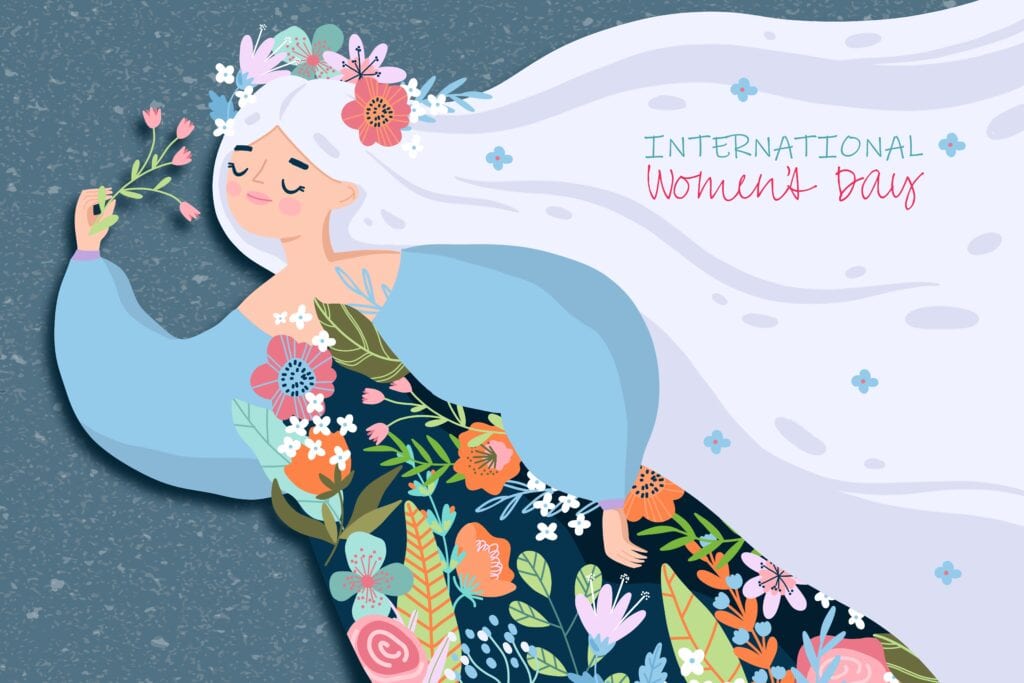The quest for women’s equality had its roots in the birth of our great nation. In a letter to her husband, future First Lady Abigail Adams asked John Quincy Adams, and the Continental Congress in 1776, to “remember the ladies and be more generous and favorable to them than your ancestors. Do not put such unlimited power into the hands of the husbands. Remember, all men would be tyrants if they could. If particular care and attention is not paid to the ladies, we are determined to foment a rebellion, and will not hold ourselves bound by any laws in which we have no voice or representation.”
Thus began the long and arduous struggle to secure the same rights for women that were afforded to men.
It was not until 1920, with the ratification of the 19th Amendment, that women throughout the United States were granted the right to vote.
This victory came after a battle fought for decades by valiant suffragettes such as Susan B. Anthony, Lucretia Mott, and Elizabeth Cady Stanton. Some of the chauvinistic complaints against allowing women to vote were: “A woman’s brain represents emotion” and “control of the temper makes a happier home than control of elections.”
According to the Center for American Women and Politics at Rutgers University, The number of eligible women who voted has exceeded the number of eligible men who voted in every presidential election since 1980.
Until the 1930s. married couples were issued a joint passport instead of separate passports. The husband’s name appeared along with “and wife” or “accompanied by his wife,” This was due in part to the idea that a married woman traveling alone was inconceivable.
The Passport Division of the Department of State issued a memo in 1937 eliminating the “wife of” requirement, thereby allowing married women to use their maiden names on their passports.
Congress passed the Women’s Armed Services Integration Act in 1948, which allowed women to serve as permanent members of the military. Before then, women were only permitted to serve during times of war. In 1976 women were allowed to enter military academies and in 2013 to serve in combat.
Women in many states were not approached for jury duty since it was considered inappropriate to ask women to leave the home and/or view graphic courtroom images. Women were not allowed to universally serve on juries until 1973 when a federal law was passed that permitted women to serve on juries nationwide.
For many years women could not work jobs that were deemed hazardous to their health or morals. It was not until the 1970s that these laws were overturned.
Women were not allowed to work night shifts. The Factory Act of 1948 stated that women who worked in factories were only allowed to work only between the hours of 6 a.m. and 7 p.m. eighteen states passed similar legislation.
Until the Civil Rights Act of 1964 was passed, it was legal to discriminate against women when considering whom to hire or promote. Women could be refused a job simply for being female.
It wasn’t until the 20th century that every state enacted legislation that gave married women the right to keep their earnings, instead of turning their wages over to their husbands.
Banks could refuse to issue women credit cards in their own name until 1974 when the Equal Opportunity Act was passed. A married woman had to have her husband co-sign the application and a single woman would have to bring a man with her to also sign, or she could simply be denied a credit card altogether. Until 1974 banks could also refuse to open a bank account for a woman unless she had the permission of her husband or male relative.
Women could be barred from practicing law until 1971 when a U.S. Supreme Court ruled in Reed v. Reed that it was illegal for states to forbid women to practice law.
Women were required in many states to have their husbands or male relatives co-sign for business loans until the Women’s Business Ownership Act was passed in 1988.
Even though oral contraception for women was made available in 1960, it was not until 1965 that the Supreme Court ruled that states could not ban married couples from using oral contraceptives. The Supreme Court legalized birth control for all citizens in 1972, regardless of their marital status.
Women could not refuse sex with their husbands. “Marital rape” was not recognized until the mid-1970s when several states passed laws defining and prohibiting it. It was criminalized in all 50 states in 1993.
A woman could not take off time from her job without fear of losing her job until the passage of the Pregnancy Discrimination Act of 1978.
As you can see women’s rights have come a long way but there is still work to be done.
“Life is not a competition between men and woman. It is a collaboration.”
-David Alejandro Fearnheard.











